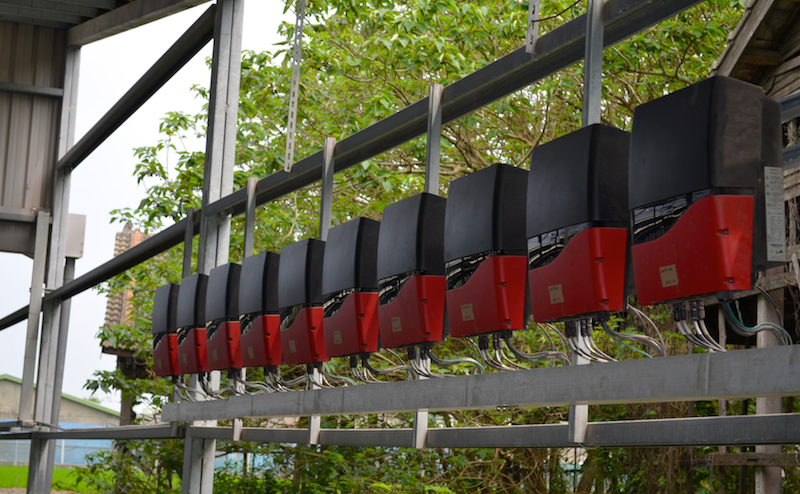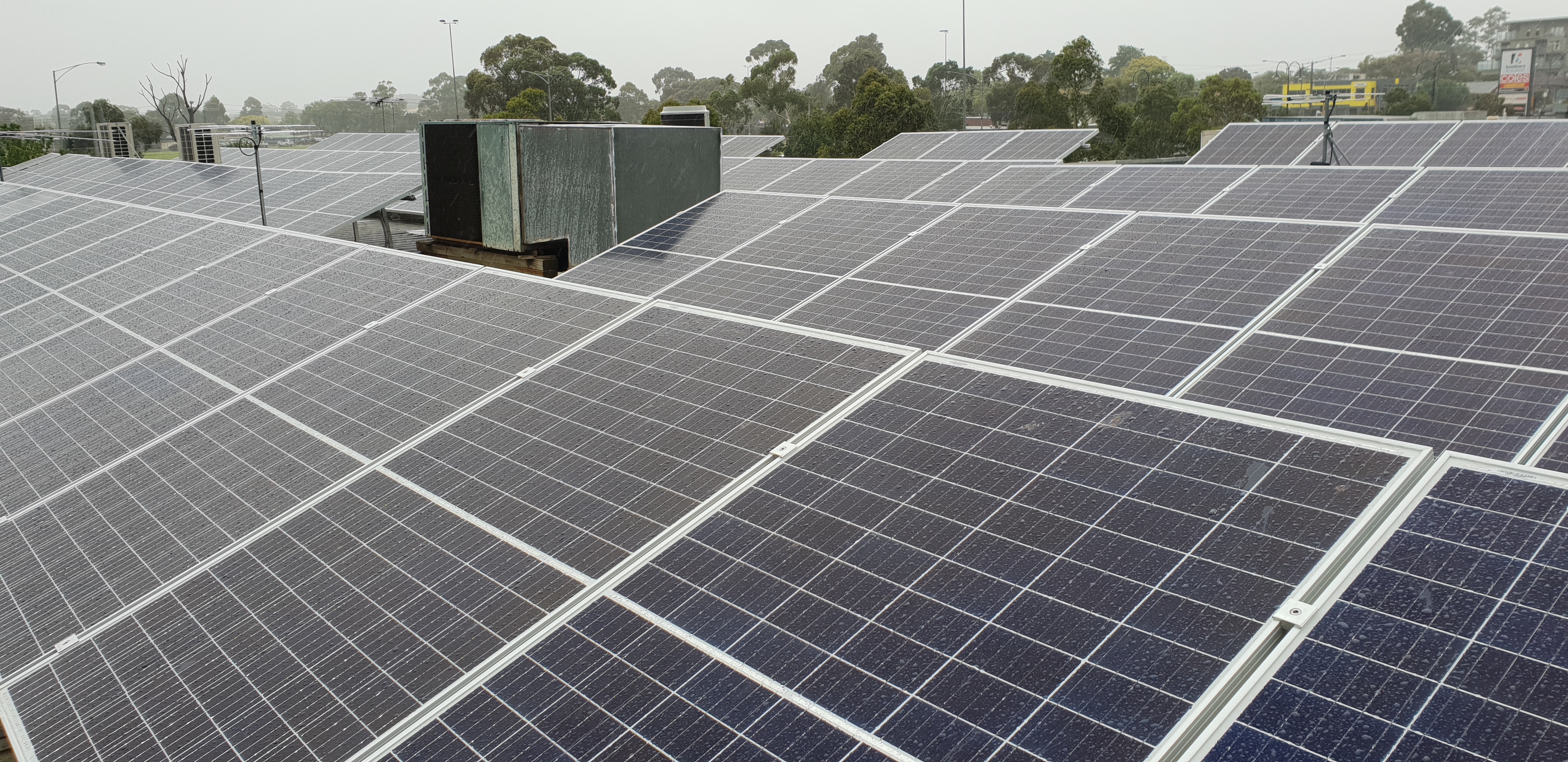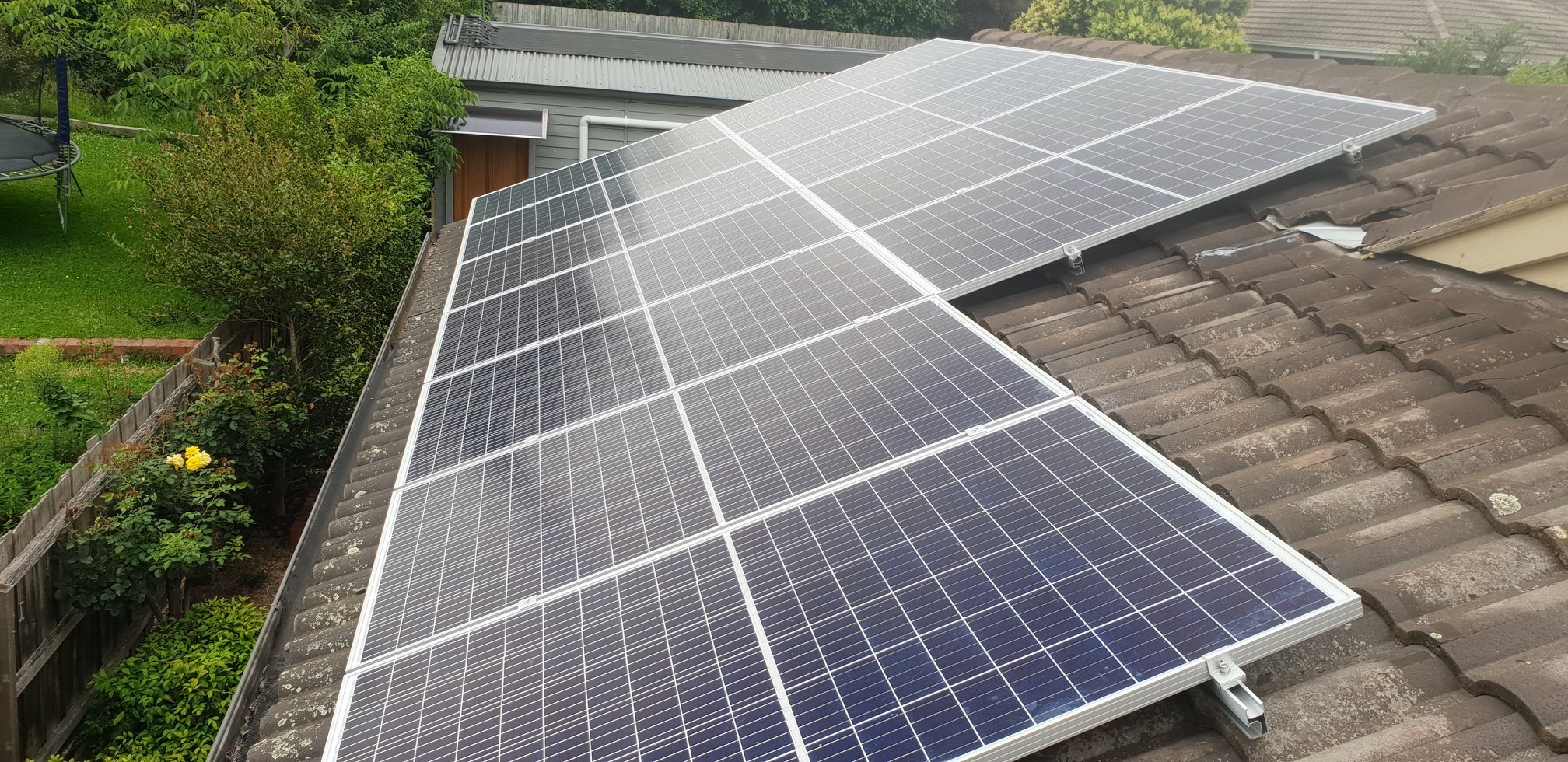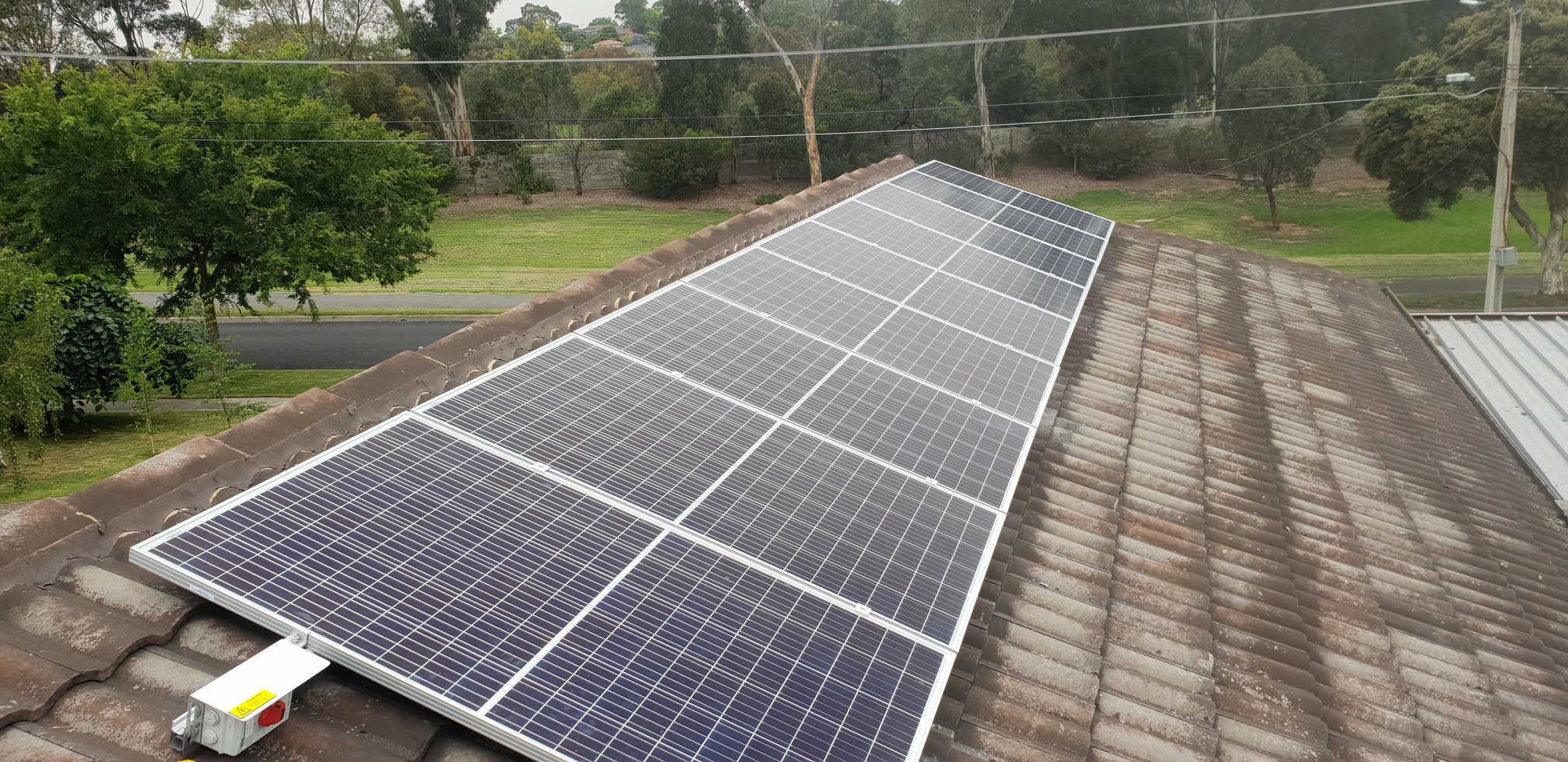Battery Cost Analysis
ABOUT
Usually, any excess power generated by solar panels that is not used by the consumer is fed into the grid and reimbursed to the consumer via a feed-in tariff. If this tariff declines in value, the consumer receives no benefit from feeding in excess energy, in turn resulting in all this excess energy being wasted.
As grid feed-in tariffs are set to decline over the next few years, battery storage is stepping forward as the new way to maximize economic returns from your solar system.
The concept of battery storage is to keep all of this excess energy for self-consumption at a later date. This allows the consumer to utilize the full potential of their solar system and continue saving money.
In such a new and emerging market there is little transparency across the board, making it difficult to perform any kind of cost analysis on the consumers end.
Disclaimer – This is only a basic guide intended for educational purposes and is not 100% indicative of economic viability.
THINGS TO KNOW
To perform any kind of cost analysis a wealth of information is required, this is no different for battery storage. In particular, some of the more important pieces of information are cycle count and depth of discharge. These values are often found in the battery manufacturer’s product datasheet, but can be well hidden.
Cycle count – The amount of charges and discharges a battery is expected to be capable of producing at a specified depth of discharge.
Depth of Discharge – The percentage of the total battery capacity that is being utilized in a particular cycle.
Typically as the battery depth of discharge becomes deeper, the amount of expected cycles decreases. This means that if a battery is fully charged and discharged in its regular operation, it is expected to fail far sooner than a battery that is only charged and discharged by 20% in each cycle.
The mistake many consumers make when analysing the cost of a system is ignoring the amount of cycles the battery is expected to produce.
Sure, a battery with a very expensive up-front cost might seem off-putting, but less so when it is realized that the battery is expected to last around 5 years longer than its market alternatives.
On the other hand, many consumers rely on the cycle count without paying attention to the depth of discharge. If a battery is expected to last 5000 cycles at only 5% depth of discharge, the relevance of those 5000 cycles is minimal.
LEVELIZED COST OF ENERGY STORED
A metric commonly utilized as a basic analytical model is the levelized cost of energy stored. This considers the total amount of energy that will be theoretically stored in the battery over its lifespan to determine how much each kWh will cost.
This metric allows the consumer to see how long their system should last and determine how long it will take for their system to pay for itself.
Levelized cost of energy stored formula:
It should be noted that many other factors can come into the cost analysis of battery storage; this is only intended as a guide to develop a basic understanding.
OTHER FACTORS TO BE CONSIDERED
Battery performance and lifespan can be increased by the addition of a battery management system. This is an example of how cost analysis can become blurry and varied on a system by system case.
Will a battery management system result in a system being more economically viable?
Will this add an additional cost to the system that is unlikely to be paid off?
The answers to these questions are entirely dependent on the components used and utilization factor of your system, so check with your installer to find an answer tailored to you.
As a general rule of thumb, it is always smart to take conservative values with your cost analysis. Most manufacturers will specify their product under the best possible conditions.
If you were a manufacturer you’d probably exaggerate the abilities of your product just a little bit, so it goes without saying that when performing a cost analysis you should always leave a little leeway to stay on the safe side.
To see our range of solar batteries, click here.
To see our range of solar battery system packages, click here.
For more information, contact us.







